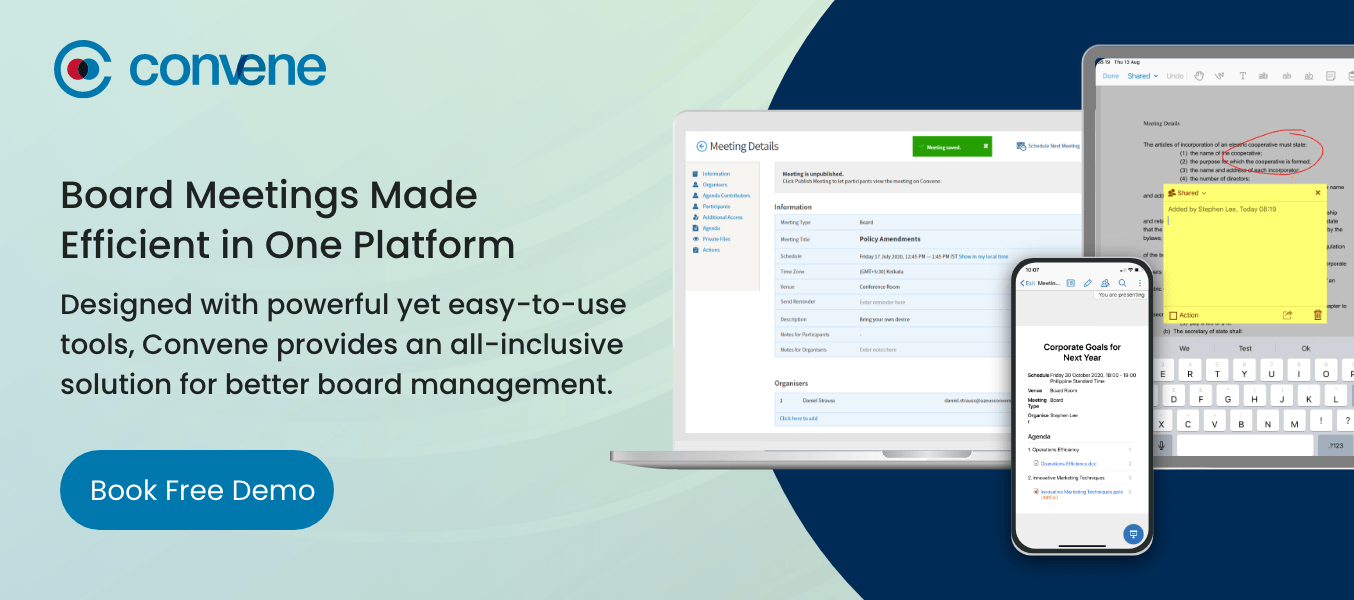Although most bullying stories in the news involve kids, bullies are just as present in boardrooms as they are in schools. The presence of bullies in either scenario is a serious cause for concern, although there are far higher stakes in the boardroom. The future of an organization shouldn’t rely on just one small subgroup, or worse, one member of its board. But that’s exactly what happens when bullies take over.
Bullies in the Boardroom
Their tactics are not physical, but psychological. They manipulate other board members into agreeing with their decisions, use intimidation to get what they want, refuse to listen to opposing views, and dominate over the boardroom. Some bullies are fully aware of what they’re doing, while others fail to grasp the effect of their actions. Either way, instead of bringing harmony, bullies usher in discord. They do what they do to exert power over others, and this is especially true in the workplace, particularly the boardroom. There’s a loss of balance in the dynamics of the board, and the organization suffers in the process. It doesn’t get an effective board of directors; rather, it gets a dysfunctional one.
You know you have a bully on your board if other board members refuse to challenge them out of fear. But what can be done in this case? Different people can do different things about it:
Chairperson
If you are the board’s chair, there’s plenty you can do. Being in a position of leadership, you have the authority to guide the flow of the board meeting and the task to ensure that it remains organized all from start to finish. You can do this by adhering to formal meeting rules previously agreed upon by the board, including rules on decision-making. If you suspect the other board members are intimidated into keeping quiet, you can ask questions and give everyone time on the floor to say something.
Corporate Secretary
When you’re the corporate secretary, you closely work with board members without becoming a board member yourself; therefore, have the unique chance to objectively observe the dynamics in the board room. Board members may fail to spot bullies because they’re right there in the action, but from the sidelines, you can easily identify who these domineering personalities are. From there, you can work on getting these board members in a director training program, if they haven’t yet.
Board Member
You have the same right to be there on the board as the bully, so don’t back down even if other board members have. Remember that you have a fiduciary duty to the organization that chose you to be part of its board. Being forced by someone else is not an excuse for making bad decisions for the organization. If you believe you can’t take down the bully on your own, let your chair and corporate secretary know so that they can do something about the situation.
CIO/CTO
As a CIO or CTO, you are in the position to introduce tools that can help your organization become more efficient, and this influence extends to your board of directors. If you know — or at the very least, suspect — that there’s bullying going on in your board, you may want to consider switching to a board portal solution such as Convene.
Some board portal software and apps support document sharing and real-time collaboration, giving all board members plenty of opportunities to share their input and work with one another.
Convene, for example, provides a private messaging functionality to allow others to communicate their concerns in case they are still unable to do so out of fear. Although a board portal solution can’t directly change a bullying board member, it still gives a better chance for other board members to become more involved in board meetings. Also, a board portal solution typically has audit trails and logs, preventing bullies from tampering with documents without the rest of the board’s knowledge.
Just a word of caution: Don’t mistake professional differences in opinion as bullying. A board of directors is usually composed of leaders in their respective fields, so you can expect that many of them will have dominant personalities that will clash in some situations. Disagreement can even be helpful at times. But when power play enters the picture, that’s another story. It’s a sign of bullying, and you stop it before it spreads.
After all, an ethical workplace begins from the top-down, not bottoms-up.
Farah is a corporate governance analyst and business development manager of Convene’s MENA team. Owing to her experiences working in a boardroom, she is an expert in leadership roles and corporate governance best practices. Farah has been recognized by Convene for her extra commitment in imparting knowledge about effective management.











